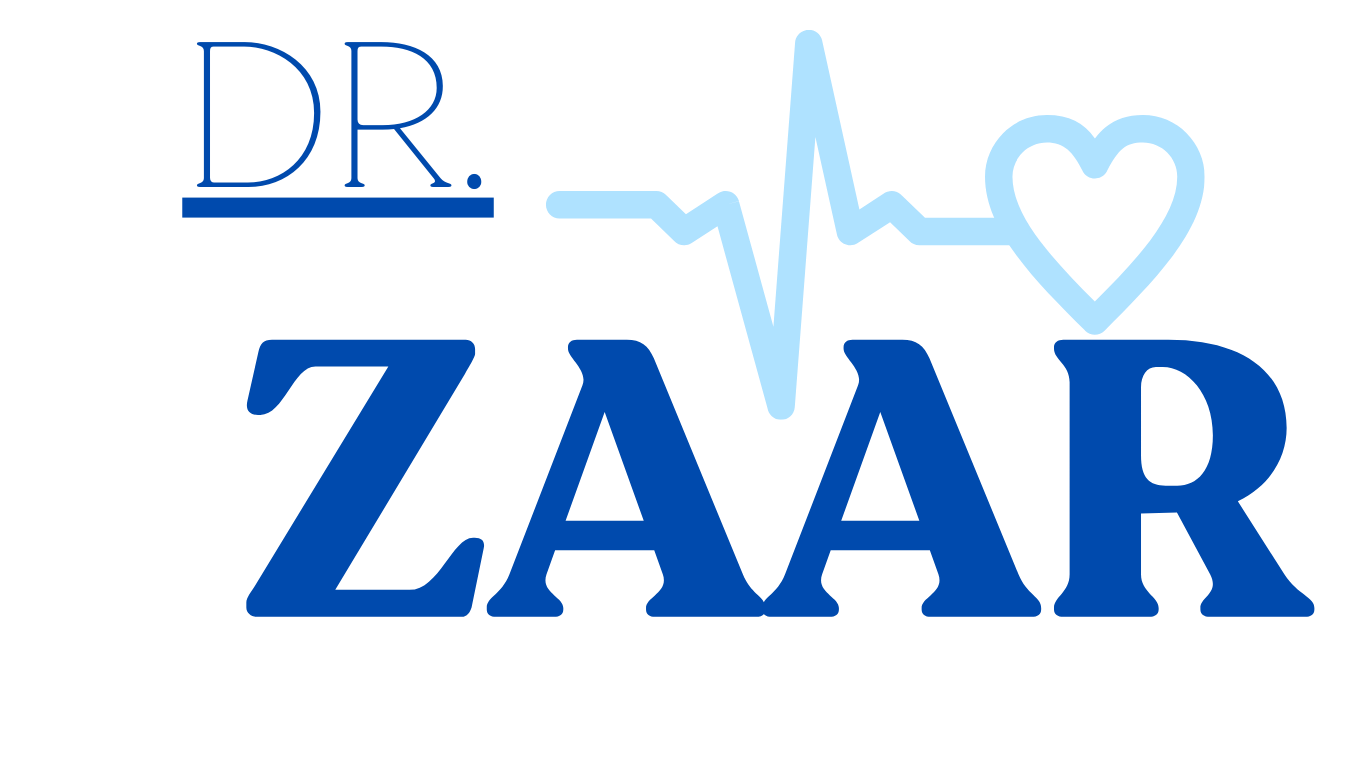Case Study: Unmasking the Thromboxane Shadow in Preeclampsia
Case Study: Unmasking the Thromboxane Shadow in Preeclampsia
Patient: Sarah J., a 32-year-old primigravida at 28 weeks gestation.
Presenting Symptoms: Sarah presented to the antenatal clinic with elevated blood pressure (160/100 mmHg), proteinuria (3+ on dipstick), and severe headaches. These symptoms are classic signs of preeclampsia, a potentially life-threatening pregnancy complication.
Medical History: Sarah has a history of high cholesterol and a family history of preeclampsia.
Diagnostic Workup:
- Laboratory tests: Blood tests confirmed preeclampsia by showing elevated liver enzymes, low platelet count, and impaired kidney function. Additionally, tests revealed elevated levels of thromboxane A2 (TxA2) metabolites in Sarah’s urine, suggesting a potential role of this eicosanoid in her condition.
- Ultrasound: Ultrasound examination showed reduced blood flow to the fetus, indicating placental insufficiency, a common complication of preeclampsia.
Differential Diagnosis: Other conditions with similar symptoms, such as gestational hypertension, HELLP syndrome, and chronic kidney disease, were ruled out based on Sarah’s clinical presentation and laboratory findings.
Treatment Plan:
- Immediate Management: Due to the severity of her symptoms, Sarah was admitted to the hospital for close monitoring and management. Medication to control her blood pressure (labetalol) and improve placental blood flow (aspirin) were initiated.
- Thromboxane-Targeted Therapy: Based on the elevated TxA2 levels, Sarah’s care team considered additional interventions to counteract its harmful effects. However, due to limited clinical data on the safety and efficacy of specific thromboxane inhibitors in pregnant women, a cautious approach was adopted. Supportive measures like dietary modification (omega-3 fatty acids) and antioxidant supplementation were implemented to potentially modulate the eicosanoid balance.
**Prognosis and **
- Maternal Outcome: With close monitoring and timely interventions, Sarah’s blood pressure stabilized, and her symptoms improved. She remained hospitalized for two weeks and delivered a healthy baby at 34 weeks gestation via cesarean section due to concerns about preeclampsia complications.
- Fetal Outcome: The baby had a good birth weight and no apparent health complications. Both mother and child were discharged after a routine postnatal period.
- **Long-term ** Sarah will be monitored for long-term complications of preeclampsia, such as chronic hypertension and cardiovascular disease. Additionally, research opportunities regarding the role of thromboxane in her case could contribute to advancing the understanding and management of this pregnancy complication.
Discussion:
This case study highlights the potential role of thromboxane in the pathogenesis of preeclampsia. While Sarah’s case serves as an example, it’s crucial to remember that individual variations and other contributing factors influence the development of this condition. Further research is needed to establish the clinical utility of targeting thromboxane in preeclampsia management and develop safe and effective therapies for pregnant women.
Key Takeaways:
- Preeclampsia is a complex pregnancy complication with potentially serious consequences for both mother and baby.
- Thromboxane may play a significant role in the cascade of events leading to preeclampsia by promoting vasoconstriction, platelet aggregation, and inflammation.
- While promising, targeting thromboxane for preeclampsia therapy requires further research to ensure safety and efficacy in pregnant women.
- Individualized management and close monitoring are crucial for optimal outcomes in preeclampsia cases.
This case study provides a fictional scenario based on current understanding of thromboxane in preeclampsia. Remember, individual cases may vary, and always consult with a healthcare professional for diagnosis and treatment of medical conditions.
Thromboxane Dysregulation in Endocrine Imbalance: Unraveling its Role in Hormonal Disorders
A Hormonal Tango in the Quest.
Case Study: Growth hormone (GH) deficiency is a rare endocrine disorder characterized by the insufficient production of growth hormone by.
Read MoreThe BNP Enigma in a Patient.
Case Study: Patient: 65-year-old woman with a 10-year history of osteoporosis and a recent diagnosis of heart failure with preserved.
Read More